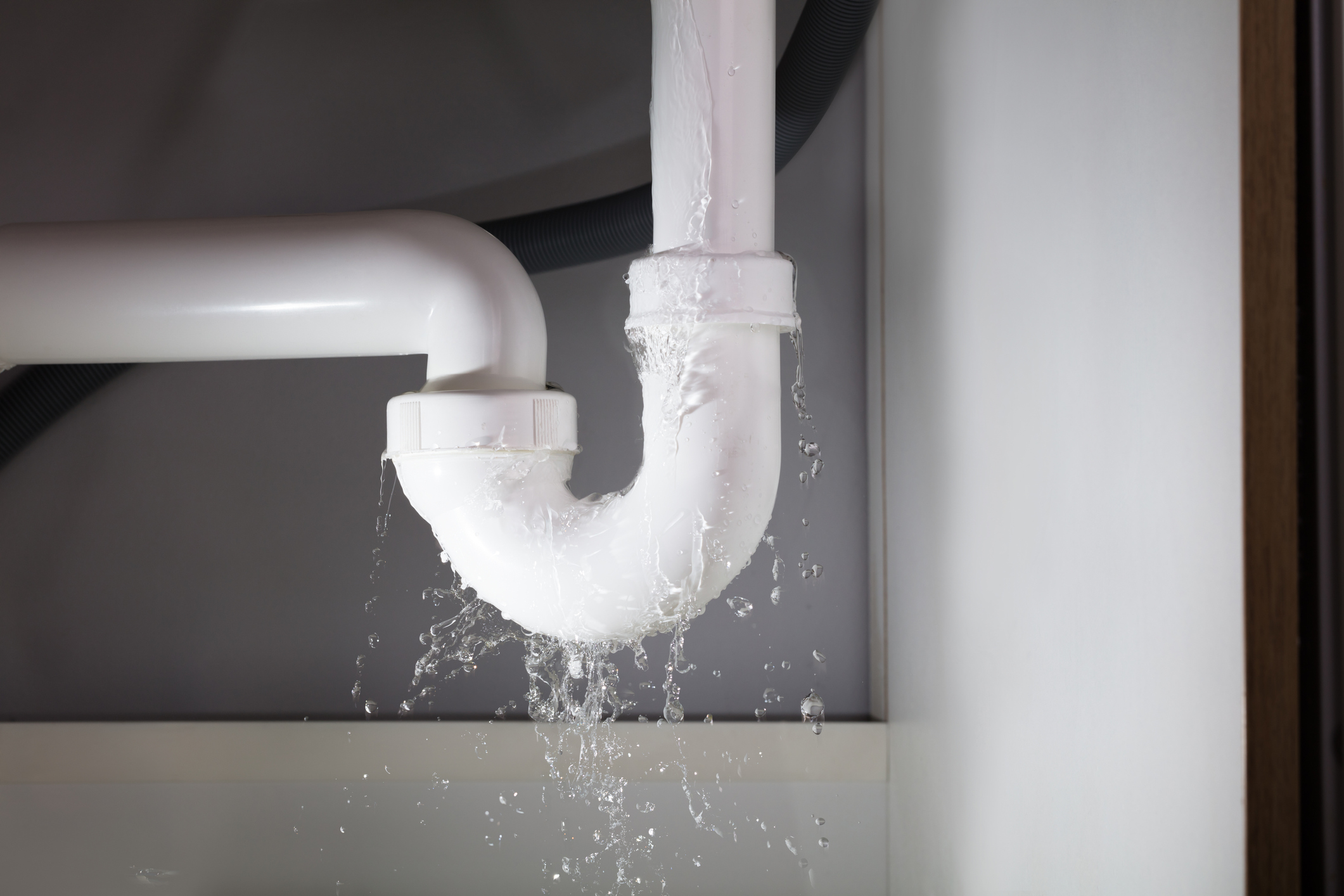Understanding Water Damage
Water damage is a common problem that can cause extensive damage to homes and buildings. This guide aims to provide information on the different types of water damage, their causes, and the potential consequences. By understanding these distinctions, homeowners, renters, and property managers can take the necessary steps to prevent, detect, and effectively mitigate water damage. 
Water Damage Restoration – Northport
Category 1: Clean Water Damage
Clean water damage is the least harmful but can escalate if not promptly addressed. It originates from sanitary sources like broken pipes, overflowing sinks, or rainwater. Despite its seemingly harmless nature, clean water can become a breeding ground for mold within 24-48 hours if left unchecked. Swift action is critical – addressing the issue, thoroughly drying the affected area, and fixing the water source can prevent further damage and mold growth.
Category 2: Grey Water Damage
Greywater damage involves water contaminated with chemicals, microorganisms, or impurities. Dishwasher or washing machine leaks, sump pump failures, or minor sewage backups are familiar sources. Apart from potential health risks, proper water damage restoration involves wearing protective gear, sanitizing affected areas, and ensuring adequate ventilation. Due to the associated health hazards, consulting professionals for Category 2 water damage restoration is advisable.
Category 3: Black Water Damage
The most severe type, black water damage, contains harmful bacteria, viruses, and pathogens. It arises from sewage backups, flooding, or untreated stagnant water. Immediate attention from professionals equipped with protective gear is essential. Water damage restoration involves not only water removal but also thorough disinfection. Porous materials like carpets may need disposal to prevent further contamination. Health risks associated with black water necessitate swift and expert intervention.
Hidden Water Damage
Water damage is not always visible as moisture can seep into walls, ceilings or flooring, causing structural damage and mold growth. Leaks from pipes, roofs or improperly sealed windows are common causes of such damage. It can be detected through musty odors, discolored patches or peeling paint. Professional assistance, such as moisture meters or thermal imaging cameras, may be necessary to detect hidden water damage. Regular maintenance, inspections and prompt repairs can help prevent and minimize such damage.
It is crucial for property owners and managers to understand the various types of water damage to protect their investments and the health of their occupants. Different categories of water damage require specific restoration methods. From clean water damage to hazardous black water damage, recognizing the signs and addressing them promptly is essential to prevent structural damage and the growth of mold.
Dealing with water damage can pose serious health risks and therefore it is important to seek professional help to ensure a thorough restoration process. Restoration 1 of Tuscaloosa specializes in water damage restoration and can provide services for mitigating damage, restoring properties, and creating a safe living environment. Regular maintenance, inspections, and prompt plumbing repairs can help prevent water damage. Being proactive and informed is critical in safeguarding your property and loved ones.
